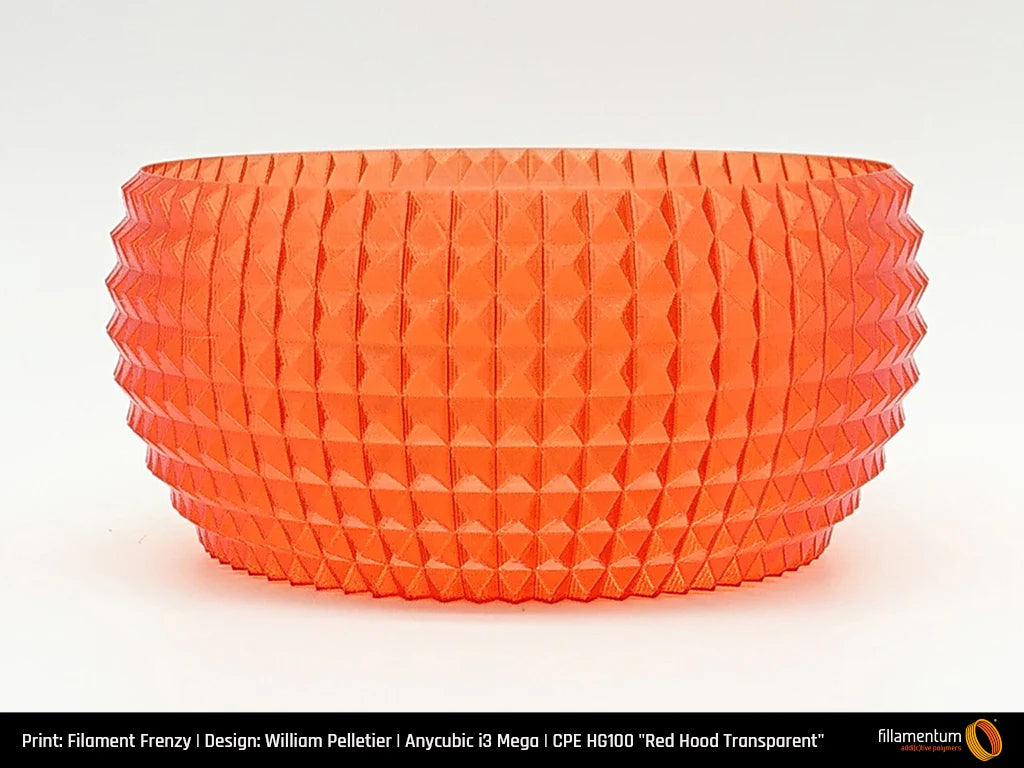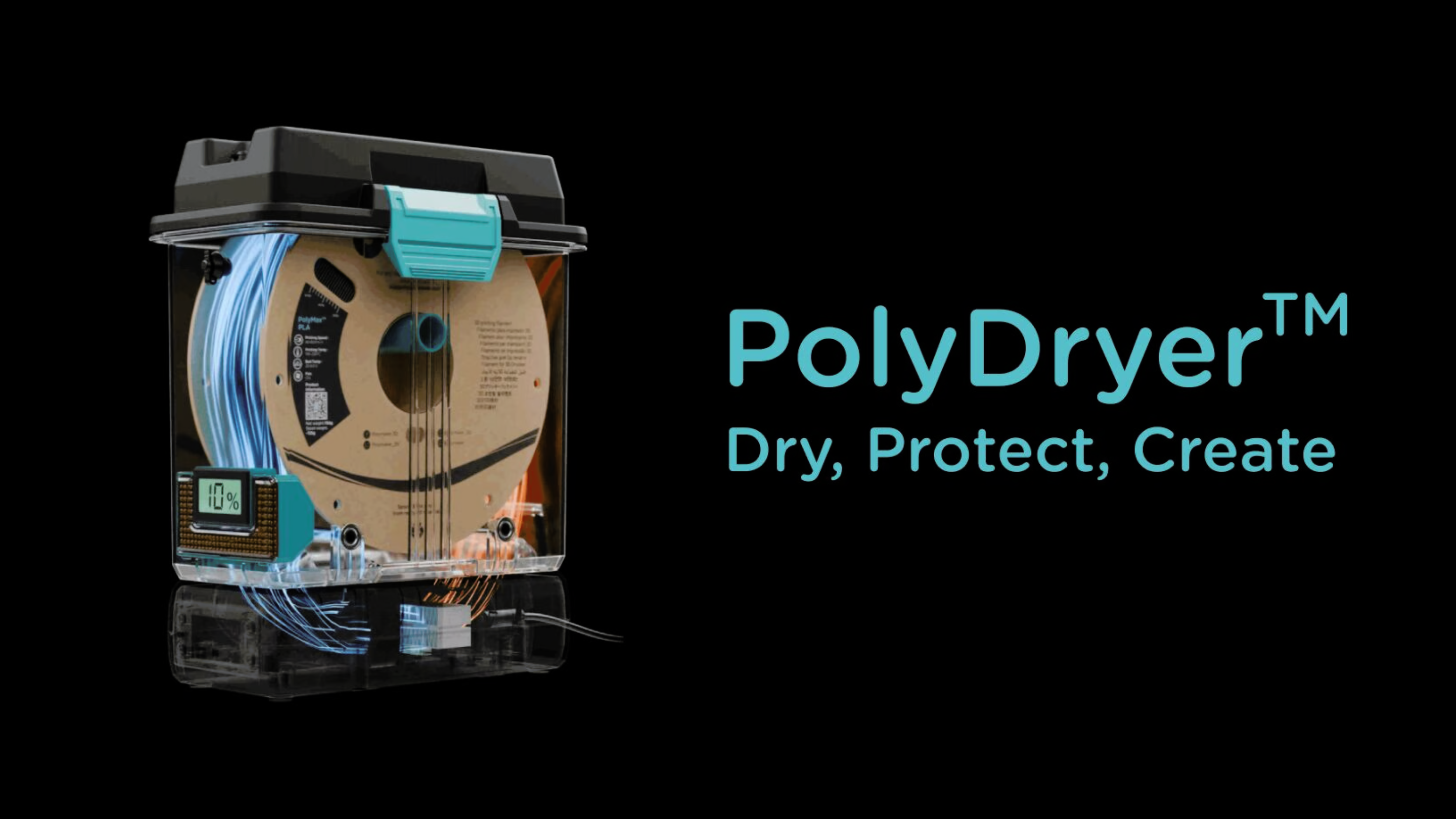STARTOUT - 3D PRINTER PACKAGE
STARTOUT - 3D PRINTER MULTI COLOUR PACKAGE
CHRISTMAS ENGINEERING 3D PRINTER & GREY PETG PACKAGE
CHRISTMAS ENGINEERING 3D PRINTER & BLACK PETG PACKAGE
FORMTECH CHRISTMAS GIFT CARDS


CHRISTMAS DEALS
Grab a deal before Santa does....
AZUREFILM - PLA MATTE HIGH SPEED
AZUREFILM HYPERSPEED PETG REFILLS
AZUREFILM HYPERSPEED PETG MASTERSPOOL
AZUREFILM - SILK RAINBOWS


AZUREFILM
Making the impossible possible with Azurefilm....
Carbon Fibre Filaments
Obsidian Markforged filaments
Glass Fibre Reinforced Filaments
ESD Safe Filaments
Nylon Chemical Resistance
PC Heat Resistance
ASA UV STABLE Exterior
Support Filament
TPU Flexible
SHOP ALL - 3DXTech Printing Filaments
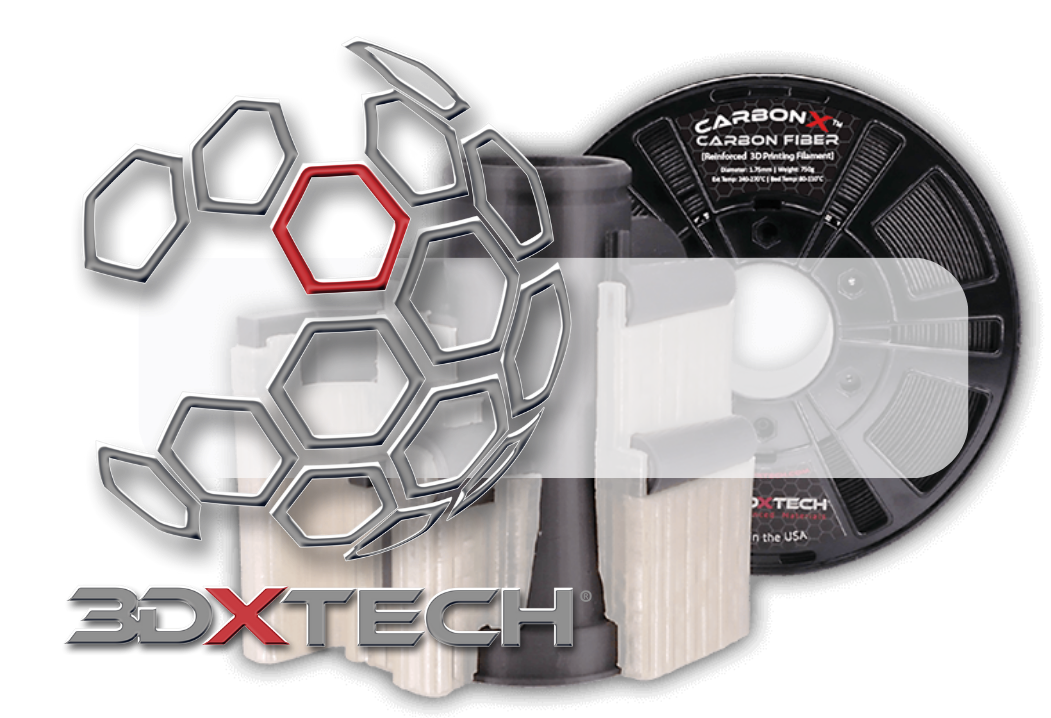

3DXTECH FILAMENTS
Fiberon™ PETG
Fiberon™ PPS
Fiberon™ PA6-CF20 Nylon
Fiberon™ PETG-ESD
Fiberon™ PA6-GF25 Nylon GF


Fiberon™
Master composite materials with Fiberon™
Panchroma™ Basic
Panchroma™ PLA Matte
Panchroma™ PLA Matte Muted
Panchroma™ PLA Satin
Panchroma™ PLA Pastel
Panchroma™ PLA Mable
Panchroma™ PLA Dual
Panchroma™ PLA Gradient
Panchroma™ PLA Galaxy
Panchroma™ PLA StarLight
Panchroma™ PLA Translucent
Panchroma™ PLA Luminous
Panchroma™ PLA Celestial
Panchroma™ PLA Neon
Polymaker HT-PLA
PolyLite™ CosPLA
PolyLite™ LW-PLA
PolyWood™ PLA Wood
PolyLite™ PETG
PolyLite™ ABS/ASA
PolyFlex™ TPU95
PolyCast™ (Casting)
PolyMaker PC
SHOP ALL - Polymaker Filaments
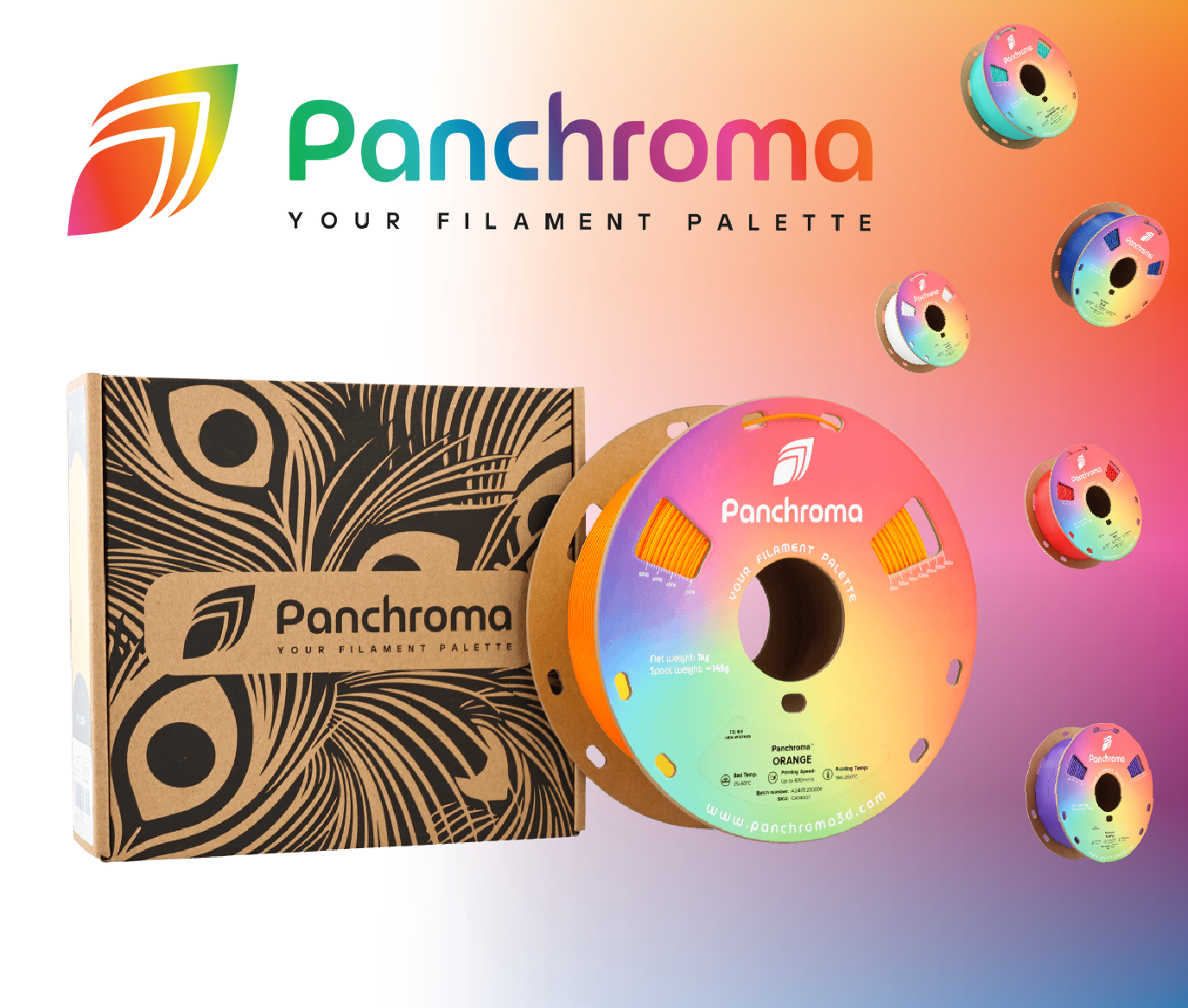

Polymaker
Unleash Your Creativity With Panchroma™
iSANMATE High Speed PLA+ i6
iSANMATE High Speed Matte PLA+
iSANMATE High Speed Multi Colour PLA+
iSANMATE Silk Tri colour PLA+
iSANMATE Matte Gradient PLA+
iSANMATE Rainbow PLA+
iSANMATE Transparent PLA+
iSANMATE Wood PLA+
iSANMATE ABS
iSANMATE ASA Gradient
iSANMATE Carbon
SHOP ALL - iSANMATE HIGH QUALITY FILAMENTS
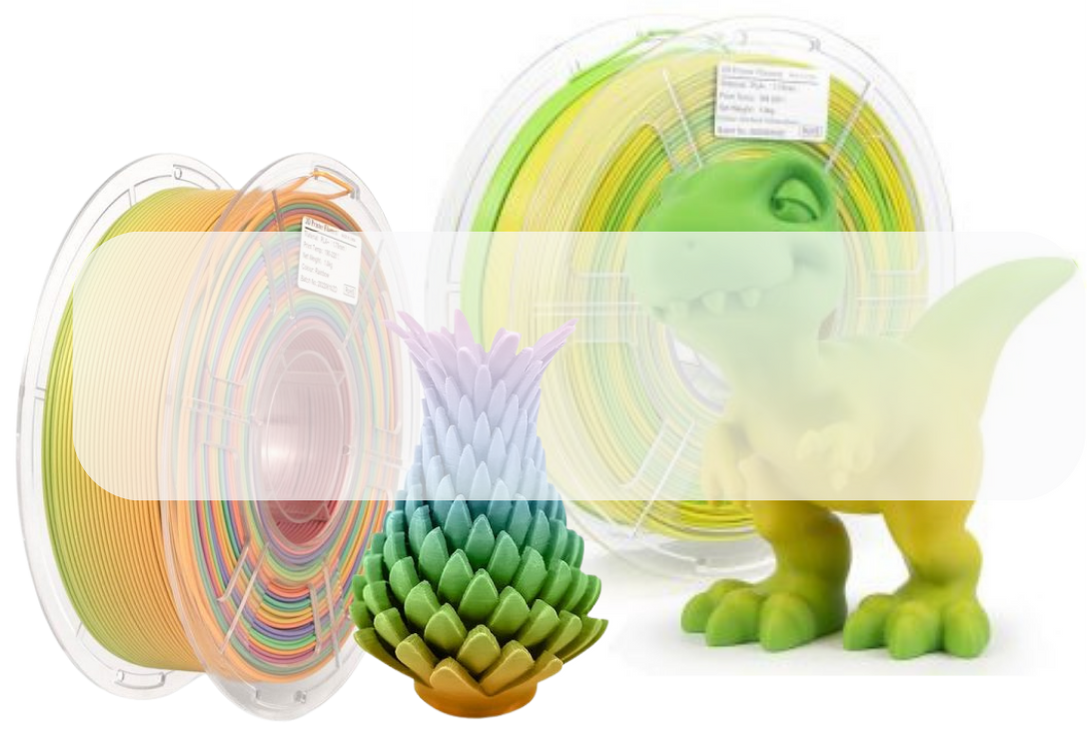

RAINBOW FILAMENTS
KIWIFIL NZ 1kg Rolls
KIWIFIL NZ 250g Rolls
KIWIFIL NZ 5kg Rolls
SHOP ALL - Kiwifil Filaments
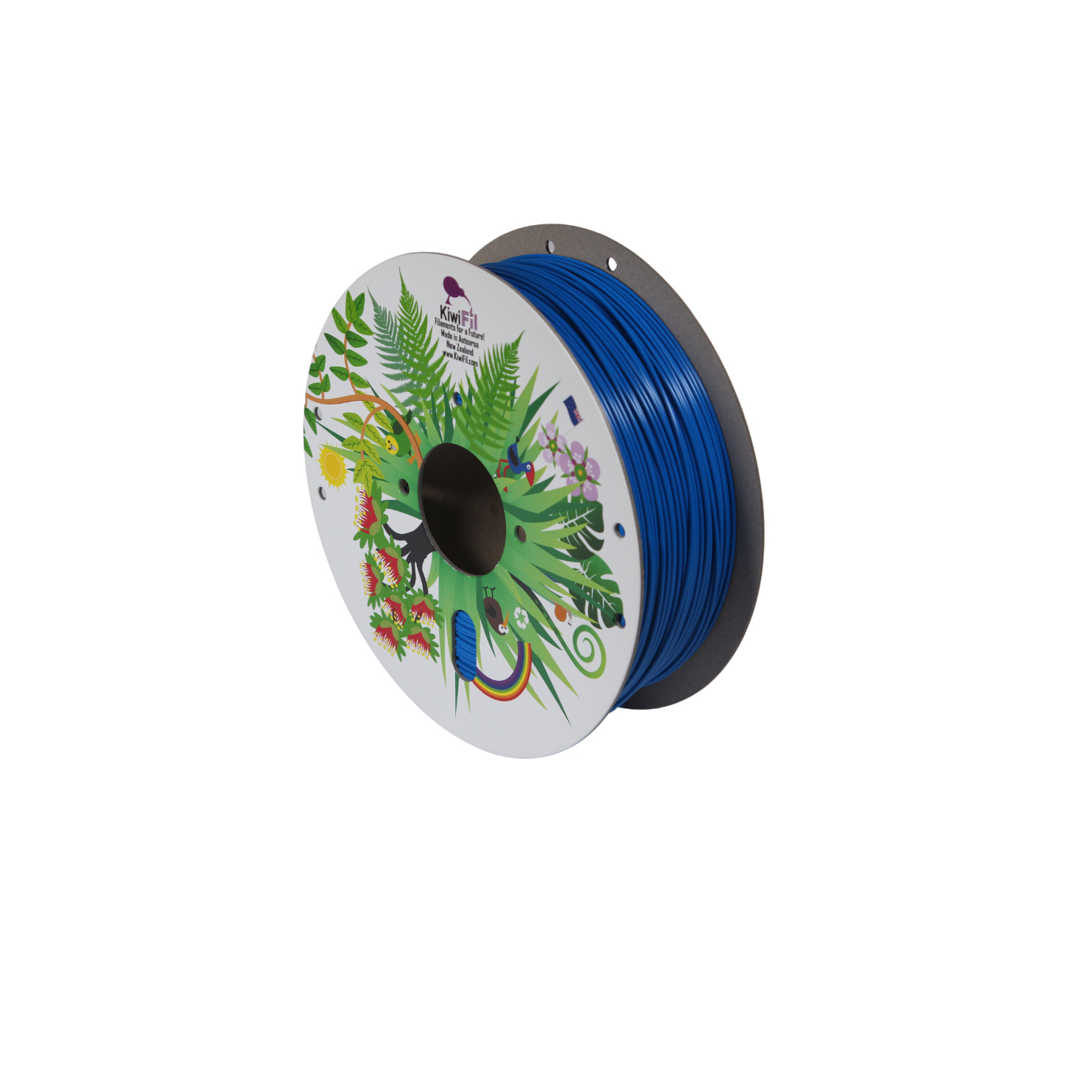

KIWIFIL NZ
Made in New Zealand
PRUSA 3D PRINTERS
QIDITECH 3D PRINTERS
BAMBU LAB 3D PRINTERS
PRODUCTION PRINTERS
AMS UNITS
3D PRINTER BUNDLES
SHOP ALL 3D PRINTERS
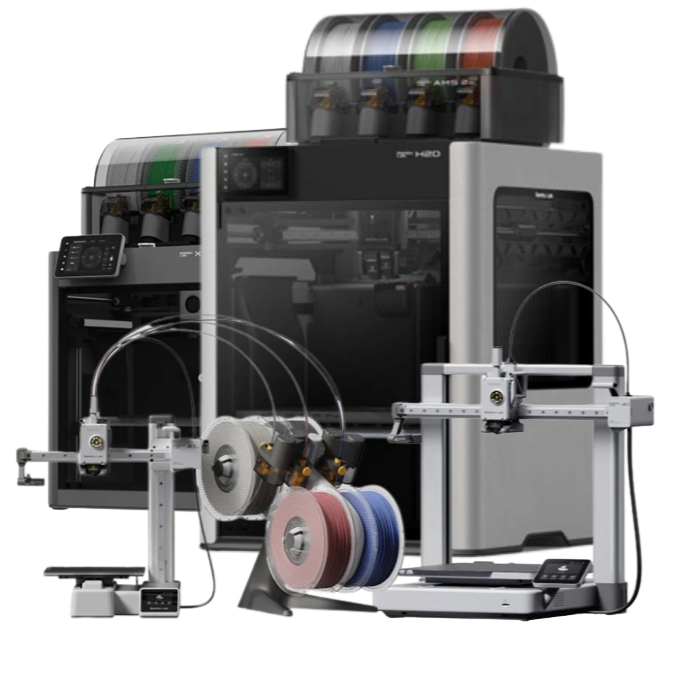

3D PRINTING MACHINES
Class leading machines to inspire your creations
BED ADHESION ( GLUES/SPRAYS)
BUILD PLATES/ CRYO BEDS
BAMBOO BUILD PLATES
BIQU BIGTREETECH PARTS
BAMBOO LAB UPGRADES
PHAETUS PRODUCTS
QIDITECH REPLACEMENT PARTS
HOTEND UPGRADES
BOWDEN TUBE AND FITTINGS
PRINTER NOZZLES
REPLACEMENT PARTS
You have no recently viewed items.
3DXTECH USA
POLYMAKER™
iSANMATE
PRUSA RESEARCH
QIDITECH
PHAETUS PRODUCTS
MAGIGOO
KIWIFIL NZ
SLICE ENGINEERING
FORMTECH
CAPRICORN TUBE
E3D ONLINE
BIQU PARTS
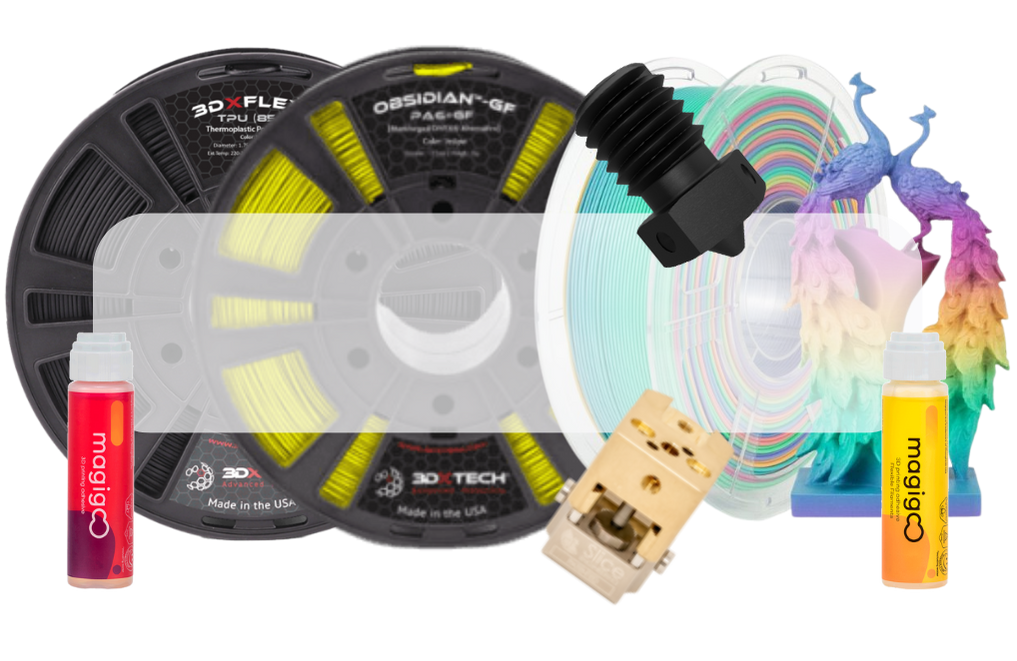

Our Brands
Quality brands you can trust
TESTIMONIALS and REVIEWS
3D RESOURCES & DOCUMENTS
GO TRACK PARCEL TRACKING
NEWS AND TIPS
CONTACT US
BUSINESS B2B ACCOUNT
3DXTECH FILAMENTS
iSANMATE RAINBOW FILAMENTS
KIWFIL FILAMENTS
MAGIGOO
SLICE ENGINEERING
CAPRICORN TUBE
E3D ONLINE
iSANMATE PLA + COLOURS RANGE
NEW PRODUCTS
PLA+ & PLA Pro FILAMENTS
rPETG FILAMENTS
PETG FILAMENTS
ABS FILAMENTS
ASA (UV STABLE) FILAMENTS
CARBON FIBRE FILAMENTS
SUPPORT 3D FILAMENTS
ESD-SAFE FILAMENTS
HIGH TEMPERATURE FILAMENTS
Thermal Properties 3DXTech filaments

Tg Chart
Many of you have asked for data on the glass transition temperature (Tg) of our materials. We complied this graphic to highlight this data and arrange it from lowest to highest.
Essentially, the Tg is the temperature under which you would expect to retain a good amount of the mechanical properties of a given material. Likewise, once you exceed the Tg, the material starts to lose some of its ability to withstand loading.
This effect is different for amorphous (AM) and semi-crystalline (SC) materials, but in the 3D world, the Tg is used pretty much the same regardless of the morphology of the polymer.
While technically this isn't accurate since SC and AM materials behave differently after their respective Tg's, it is a pretty good indicator of what to expect for a given polymer at elevated temps.
It shouldn't be too surprising the PLA is the lowest whereas Ultem® PEI is the highest. You might also note that the Tg of the carbon fiber grades are the same as the unfilled ones (CF-PETG vs. unfilled PETG).
That's because the Tg is a resin property and not effected (for the most part) by reinforcements. The same cannot be said of some other measures of thermal performance, such as the heat distortion temperature (HDT) of a polymer.
It's possible to greatly enhance the HDT by the addition of structural reinforcements, especially in semi-crystalline materials.

- Choosing a selection results in a full page refresh.
Serious Stuff:
Quick Browse:
Our mission:
Formtech was founded to provide high-quality 3D printing materials to both businesses and individuals.
We are committed to supporting the growth of 3D printing in New Zealand and Australia.
Follow us on:
!



![iSANMATE High-Speed PLA 3D Printer Filament Rainbow 03 [Fairy Floss] 1kg roll](http://www.formtech.co.nz/cdn/shop/files/High-speed-PLA-Rainbow-1-600x600_70x.jpg?v=1713148368)
![iSANMATE High-Speed PLA 3D Printer Filament Rainbow 01 [Lollipop] 1kg roll](http://www.formtech.co.nz/cdn/shop/files/High-speed-PLA-Rainbow-01-1-600x600_70x.jpg?v=1713147615)



